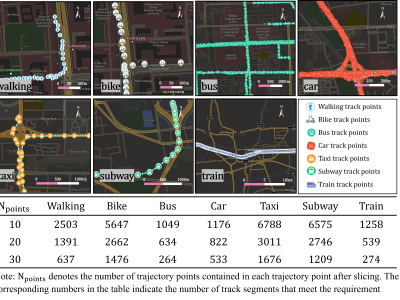
Since 2018, our team has used coherent Doppler lidar to conduct extensive aircraft wake detection experiments at Chengdu Shuangliu International Airport and Mianyang Nanjiao Airport, and collected wake data of mainstream commercial aircraft including A320/A330/A350/B737/B747/B757/B767/B777/B787 under different meteorological conditions. These data include radial wind speed, spectral width Pitch, RadialWind (m/s), SpectralWidth, SpectralIntensity, etc.
- Categories:





